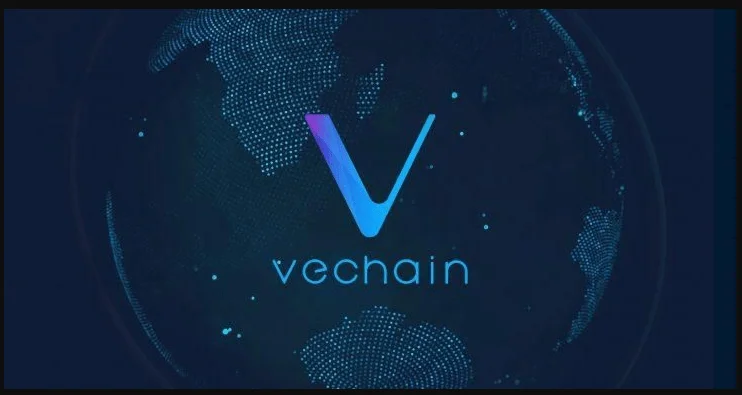VeChain has steadily climbed the cryptocurrency rankings over the last several weeks. It managed to resist the overall market trend and produce local peaks on its price chart until November 9th, 2021.

Following that, on November 16, the network suffered a hardfork, which community members predicted to have a beneficial impact on the alt’s price. Nonetheless, the currency succumbed to the larger negative pressure and began its trek down shortly after. VET has lost over 15% of its value in the last week and has been trading in the $0.12 to $0.16 range since then.
The dynamics of VeChain
VeChain’s strong suit is undoubtedly providing real-world usefulness. As a result, the VeChain network employs Distributed Ledger Technology and the Internet of Things to build an ecosystem that addresses some of the most pressing supply chain management issues.
To explain, corporations may monitor products and services by embedding a unique ID in a QR code on each specific product utilizing VeChain’s blockchain. A number of quality assurance firms have begun to use blockchain technology for this purpose in recent months. One of the most popular networks for this purpose is VeChain.
Ambrosus and Waltonchain are two more networks that offer comparable services and use cases. They’re clearly attempting to catch up to VeChain’s speed, but they’re falling behind in the race. The VeChain network has benefited greatly from the combination of DLT and IoT. Both technologies are still in their infancy and have a lot of room for improvement.
VeChain’s tried-and-true ‘blockchain as a service’ approach has acquired a lot of popularity. As a result, it has been able to secure a number of high-profile agreements, including one with Walmart. According to various accounts, most of the tied-up companies have witnessed considerable business benefits, which is a huge driver in and of itself.
With time, more firms are expected to enter VeChain’s arena due to the uniqueness of the services the network provides. In theory, this would result in the VET’s price increasing organically in the months ahead.
Furthermore, VeChain’s supply is limited, exactly like Bitcoin‘s. The whole 86.7 billion token supply has already been created. VET has the potential to become a true deflationary asset in the future, in hindsight. As a result, long-term HODLers should consider adding this currency to their holdings.
Is this, however, the right time?
VeChain’s volumes have remained mostly rotating about their customary levels, with no unusual spikes in recent months. This indicates that there isn’t a lot of speculative interest in this coin right now.
Furthermore, the alt’s volatility has been hovering around 1 and is nothing near its all-time highs set earlier this year. As a result, it wouldn’t be unreasonable to predict that VET’s price would stay complacent for the next few days before altering direction.
This asset’s risk-adjusted returns have also been able to sustain high levels throughout time. This meant that existing investors were getting a lot of money for taking on a lot of risk.
As a result, given the non-hyper status of the VeChain market, long-term HODLers may contemplate purchasing the alt at any point around its present price.
